Researchers in Israel hope to open up new discoveries about Jewish history by putting a digital database of thousands of manuscripts spanning a millennium into a new text transcription tool using artificial intelligence.
The Cairo Geniza— the world's largest collection of medieval Jewish documents—has been studied by scholars for more than a century, but only a fraction of the collection's more than 400,000 documents have been fully examined.
Although the entire Geniza has been digitized and made available online in image form, much of the material remains uncatalogued, many are fragments from longer texts, and only about 10% exist in written form.
By training an AI model to read and transcribe ancient texts, researchers can access and analyze entire collections much faster, look up names or keywords, and piece together fragments into complete texts.
“We are constantly looking for ways to improve the machine's ability to decipher ancient writing,” said Daniel Stokl Ben Ezra, one of the key researchers on the MiDRASH text transcription project.
The project has made significant progress and could open up access to the documents – written in Hebrew, Arabic, Aramaic and Yiddish in a variety of handwritings – to a wider range of researchers, he added.
Transcripts from more difficult manuscripts will be reviewed by experts, thereby further improving AI training.
The project, funded by the European Research Council and based on the National Library of Israel's digital database of Cairo Geniza documents, brings together experts from several universities and research institutes.
The Geniza is a storage area within a synagogue for important documents that were eventually to be ritually buried. The Geniza of the Ben Ezra synagogue in Old Cairo had the ideal dry conditions for preserving ancient papers.
During the Middle Ages, Cairo surpassed Damascus and Baghdad to become the largest city in the Middle East, a center of commerce, scholarship, and science , and home to a thriving Jewish community.
The great Jewish philosopher Maimonides - the Muslim sultan who defeated the Crusaders in Jerusalem - prayed at the Ben Ezra synagogue while living in Cairo.
Through dynasties and empires, the community quietly maintained its daily routine, its clergy filling the Geniza with canonical debates, civil records, and countless other administrative and scholarly documents.
This massive trove – including manuscripts by Maimonides himself – was discovered in the late 19th century. Despite being studied for more than 100 years, its sheer size means there are still large gaps.
Stokl Ben Ezra emphasized: “The possibility of reconstruction – creating a kind of 'Facebook of the Middle Ages' – is right before our eyes”./.
Source: https://www.vietnamplus.vn/israel-dung-ai-giai-ma-kho-ban-thao-do-thai-nghin-nam-tuoi-post1079562.vnp








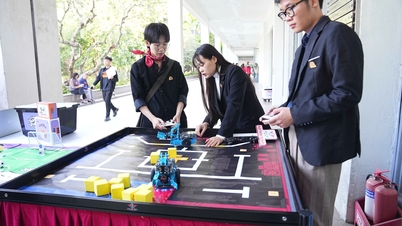





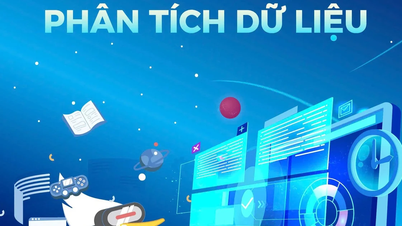





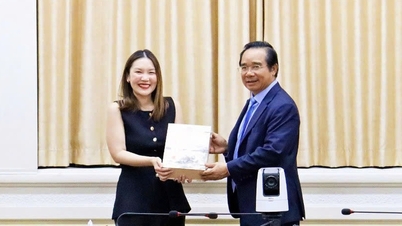









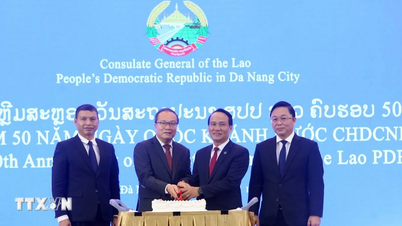
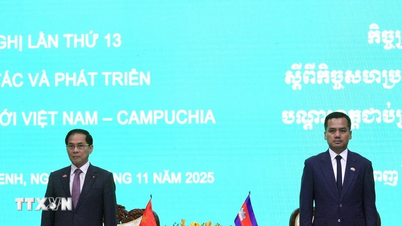














































































Comment (0)